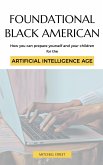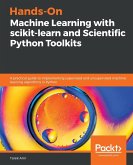Robotics toolkits and physical computing devices have been used in educational settings for many decades. Based on a techno-historical analysis of the development of 30 years of development of these devices, this monograph examines their design principles and presents a framework for the analysis and future design, based on the analytic construct of "selective exposure," which examines what is foregrounded or backgrounded in hardware and software design. Selective exposure has two sub-dimensions: usability, which examines how the material communicates rules for its use, and power, which looks at how cognitive and physical operations are mapped to each other, and how the design can make these connections more explicit. This monograph shows how these dimensions crucially impact what children can achieve with these materials, and make the case for the design of toolkits in synchrony with the child's developmental trajectory.
Hinweis: Dieser Artikel kann nur an eine deutsche Lieferadresse ausgeliefert werden.
Hinweis: Dieser Artikel kann nur an eine deutsche Lieferadresse ausgeliefert werden.








